Mulan Mountain (木兰山), nestled in the northern part of Huangpi District, Wuhan, is a breathtaking natural haven that boasts a peak elevation of 582.1 meters and covers an area of 78 square kilometers. This picturesque landscape is an emblem of beauty, tranquility, and cultural significance, offering a unique blend of history, spirituality, and natural wonder. With its proximity to Mulan Lake in the east, overlooking Mulan Heavenly Lake in the south, flanked by the Xingshui River in the west, and nestled against the Dabie Mountains to the north, Mulan Mountain is rightfully celebrated as the “Garden of Wuhan.”
The mountain is named after the legendary General Mulan, who hailed from this very region, making it her hometown. It is also a revered place of worship for both Buddhism and Taoism, imbued with a rich spiritual heritage.
Within this enchanting landscape, you’ll find a magnificent complex of religious structures sprawling across more than 30,000 square meters. Dominating the precipitous cliffs below the Golden Peak, temples like Sanyuan Temple and Mulan Temple stand with grandeur, creating a harmonious contrast to the natural beauty of the summit. A winding stone pathway with meticulously crafted steps meanders through the various temples, connecting the entire ancient temple district into an organic whole.
Table of Contents
- Basic Information
- Location and Transportation
- Highlights of Mulan Mountain
- Vlog about Mulan Mountain
- Attractions near Mulan Mountain
Basic Information
| Estimated Length of Tour | Half a day |
| Ticket Price | 70 RMB |
| Opening Hours | 8.00 – 17.00 |
| Telephone Number | 0086-027-61502718 0086-027-61501019 |
Location and Transportation
Mulan Mountain is situated in the northern part of Huangpi District, Wuhan, Hubei Province, approximately 50 kilometers away from the central urban area. To get there, you can choose one of the following ways:
- From Hankou Railway Station, take Bus 292 to the final stop at Qianchuan Passenger Transport Center, then transfer to a shuttle bus to Mulan Mountain Scenic Area.
- From Hankou North Station on Subway Line 1, take Bus K3 to the final stop at Qianchuan Passenger Transport Center, and then transfer to a shuttle bus to Mulan Mountain Scenic Area.
- On Saturdays and Sundays, there are direct tourist buses from Wuhan Railway Station to Mulan Mountain Scenic Area.
Highlights of Mulan Mountain
Ancient Temple District

The history of Mulan Mountain’s temples dates back to the Sui Dynasty, but it truly flourished during the Tang Dynasty and reached its zenith during the Ming Dynasty. At its peak, there were seven palaces, eight monasteries, and more than thirty-six halls, housing over a thousand ancient Buddha statues. A unique feature of Mulan Mountain’s religious architecture is the fusion of Buddhism and Taoism, intertwining the two traditions seamlessly. These temples and monasteries are renowned for their stone construction, featuring intricate interlocking stone blocks rather than mortar, reflecting the ingenuity of ancient artisans.
Ancient Fortress District

The Ancient Fortress District undulates gracefully around the main peak, Qi Si Ding, which stands at an elevation of 582 meters. Its history can be traced back to the Southern Song Dynasty in 1259, when it served as a beacon tower. In 1853, during the Qing Dynasty, it was fortified to defend against the Taiping Rebellion, becoming a genuine military fortress. As religious activities gained prominence, numerous temples were gradually built in the area, giving rise to a number of mystical and vibrant architectural attractions.
Rock Scenic District

Mulan Mountain is adorned with a plethora of unique rock formations, each with its own distinctive shape and an accompanying folklore that adds an intriguing dimension to the scenery. The Rock Scenic District is connected to various awe-inspiring rock formations via a 1090-step stone staircase, inviting visitors to climb while enjoying the views. Among the notable rock formations are the “Armor Face,” “Human Face Rock,” “Phoenix Crown Rock,” “Golden Toad Rock,” “Chessboard Rock,” “Arrow-Pierced Rock,” “Great Buddha Rock,” “White Cloud Cave,” and “Prince’s Cave.”
Flower Garden District

Standing amidst the vibrant and colorful Mulan Flower Garden, you will encounter an ancient and rare tree of great historical significance – the Mulan Camellia Tree. This tree, towering at three meters high and encircling four feet in girth, is a rare and protected provincial cultural relic. With a history spanning over a thousand years, it is said to have been planted by General Mulan herself. The branches of the Mulan Camellia Tree are lush and verdant, and the clear, jade-like leaves are a vivid green. The tree blooms from February to April, with a stunning display of over fifty to eighty thousand blossoms. When in full bloom, it transforms the tree into a cascading fountain of red flowers, akin to celestial maidens scattering petals among the verdant branches, offering a unique and captivating sight. Every year, tens of thousands of visitors flock to witness this spectacle and capture it in photographs, making this ancient tree a prominent attraction within Mulan Mountain.

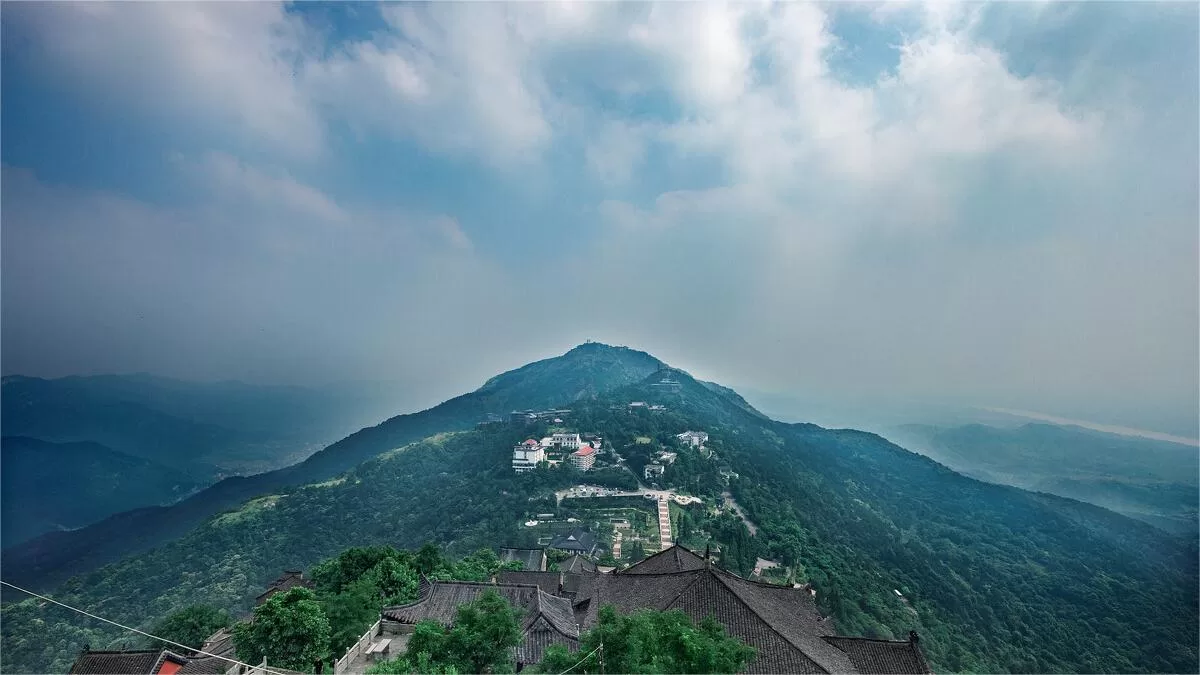
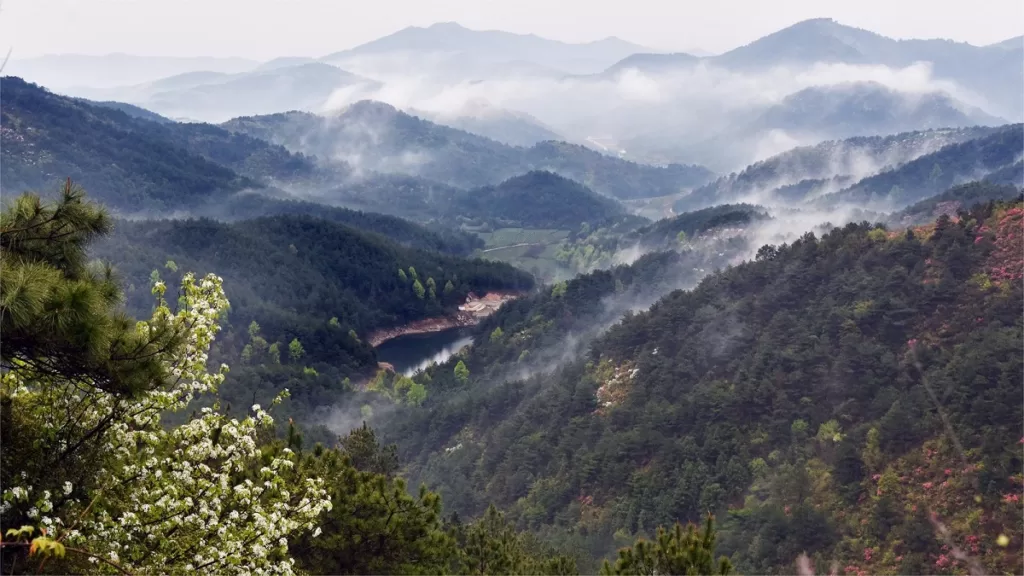
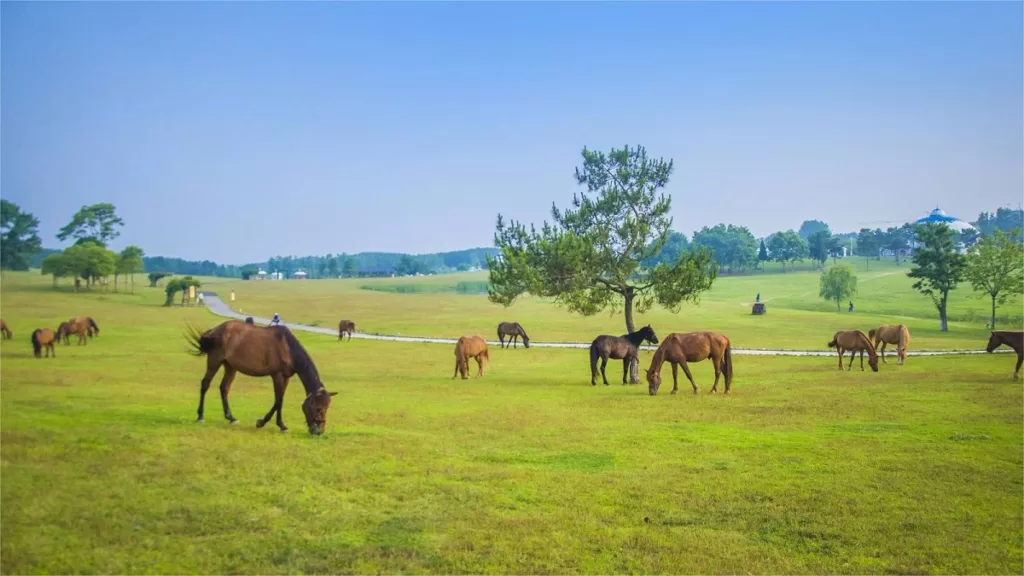
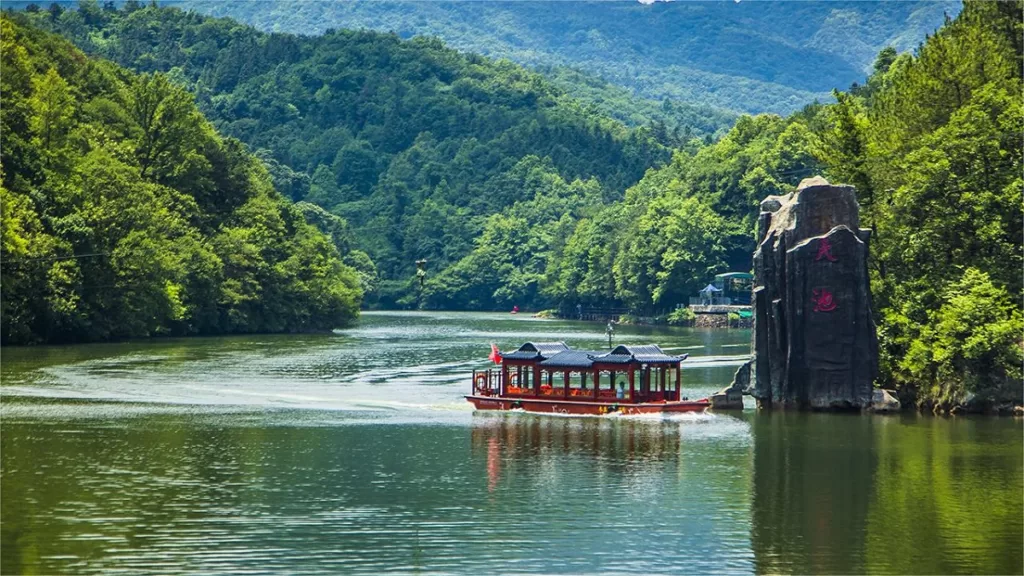
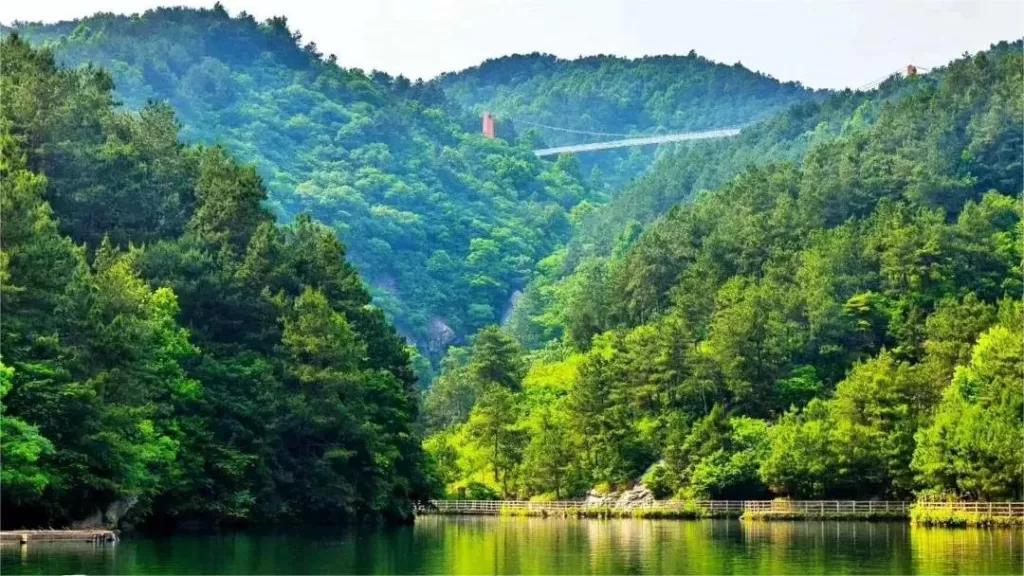

Climbing up Mount Mulan, I was intimidated by the steep stairs and my legs went weak at the sight of it. However, since I was already there, I decided to push through and reach the summit. Surprisingly, I made it to the top in half an hour, and it was actually quite manageable. Even though it only takes half an hour to reach the summit, the entire path consists of steps. The stone steps are steep, narrow, and in some… Read more »